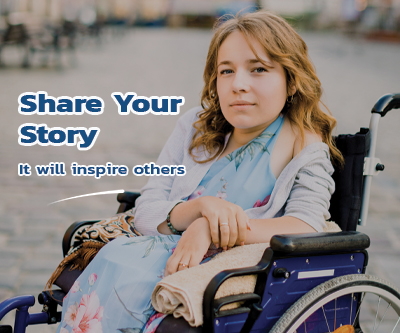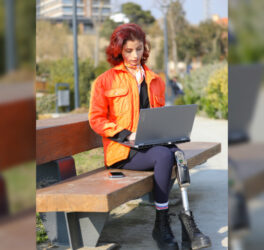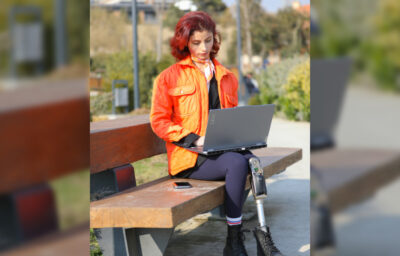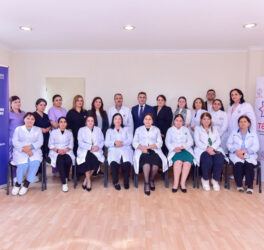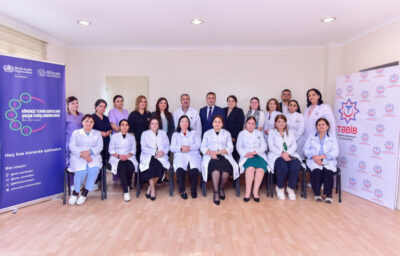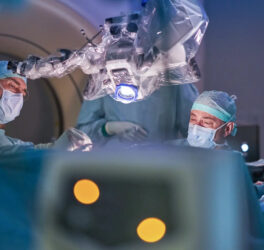
A University of Alberta research team has developed a prosthetic arm that uses artificial intelligence to respond to its user’s intention, winning eighth place in an international competition for assistive technologies that help people with disabilities in their everyday lives.
Using an onboard computer, the “Bento Arm” responds to a combination of muscle signals and electrical activity in an operator’s upper arm and shoulder to control the elbow and wrist with high degrees of precision and accuracy, “using machine learning to map his intent, his will, his desire for how the machine will move,” says Patrick Pilarski, co-lead of the Bionic Limbs for Improved Natural Control (BLINC) Lab, an interdisciplinary research group that designs smart prosthetics.
“Robotic limbs are increasingly common, but here the difference is that AI is critical for connecting the person with their robot arm,” he says.
BLINC’s representative Chris Neilson demonstrated the Bento Arm last October at Cybathlon 2024, a competitive global event, with more than 100 teams from 30 countries showcasing their latest innovations in bionic arms, lower limbs, exoskeletons, powered wheelchairs, and brain-computer interfaces. The U of A team was the only North American team to compete in the arm category.
“Chris had to essentially drive the Bento Arm, much like you might drive a race car, telling his arm what to do using signals and movement from his body,” says Pilarski. “Machine learning is a key piece of that relationship.”
Pilarski — who is also a Canada CIFAR Artificial Intelligence Chair with the Alberta Machine Intelligence Institute (Amii) — says BLINC’s technology is completely open-source, available for use by researchers, companies and hospitals around the world.
“Open-source technology helps people get the right prosthetic technology at the time of prescription, so they get a prosthetic device that suits them best. It’s all about improving someone’s ability to do activities in their daily life and community.”
The BLINC Lab and the open-source BLINCdev collaboration are supported by Amii and the Glenrose Hospital Foundation.
